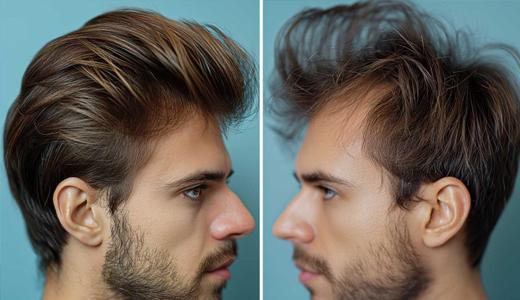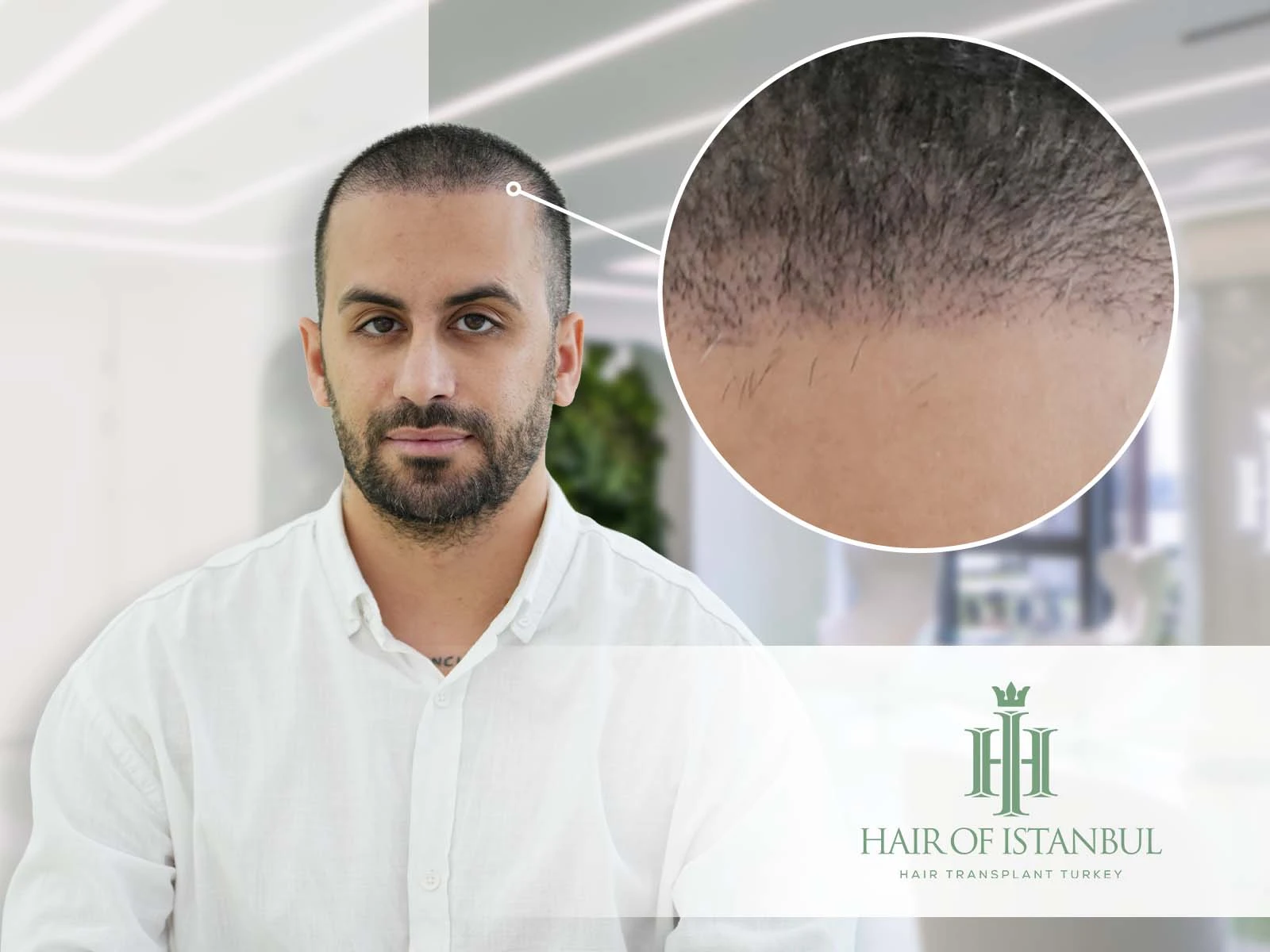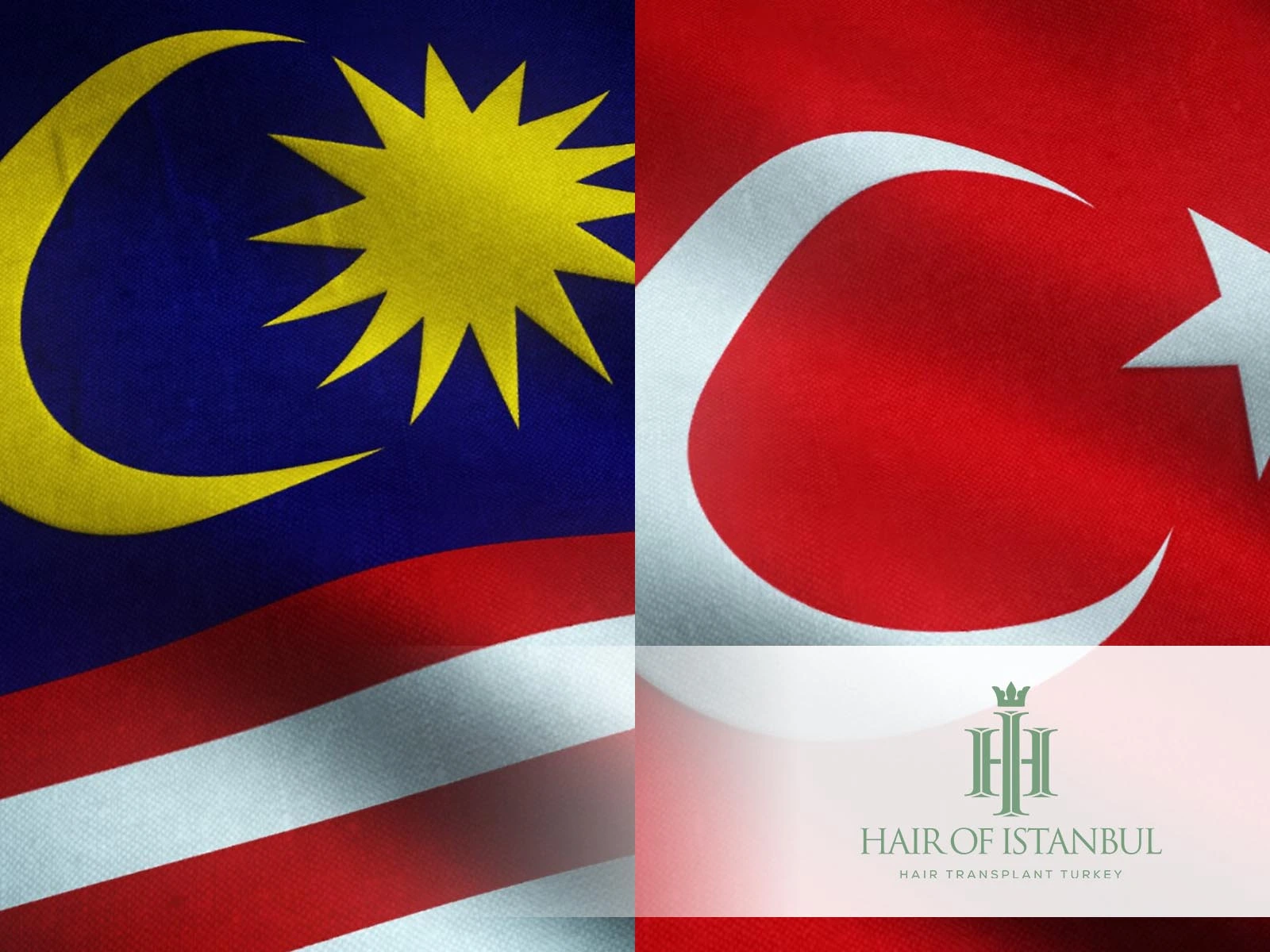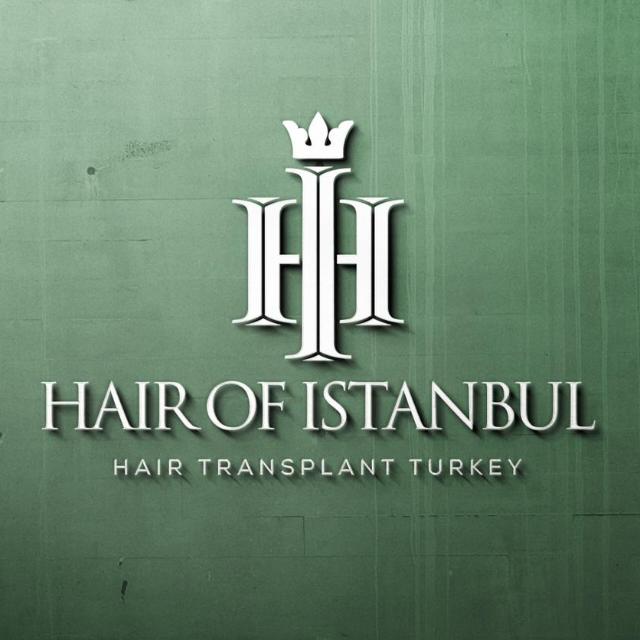Hair Transplant Success Rate: What Determines Real Results
The growing demand for hair restoration has brought one question to the forefront of every potential patient’s mind: What is the hair transplant success rate? From celebrities to everyday individuals, the desire for fuller, natural-looking hair continues to rise—and modern transplant techniques are delivering promising outcomes.
In this blog, we explore what defines a successful hair transplant, which techniques offer the highest effectiveness, and how expert aftercare can influence long-term results.
How Is Hair Transplant Success Measured?
The term hair transplant success rate refers to the percentage of transplanted hair follicles that survive, grow naturally, and maintain their results over time. However, success is not just about numbers. It also involves:
The aesthetic appearance of the hairline
Uniform density and natural direction
Seamless blending with existing hair
Long-term patient satisfaction

Clinics like Hair of Istanbul set these outcomes as standard benchmarks, ensuring each procedure is designed not only to restore hair but also confidence.
Techniques That Influence Success
Two major modern techniques are responsible for the high success rates seen today:
The fue hair transplant method involves extracting individual hair follicles from a donor area—typically the back of the scalp—and placing them into the thinning or bald regions. Its minimal invasiveness, fast recovery, and lack of visible scarring make it a top choice among surgeons and patients.
The dhi hair transplant technique builds on FUE by using an implanter pen, allowing the surgeon to directly insert each graft into the scalp without needing to create incisions beforehand. This improves precision and graft survival, contributing significantly to overall success.
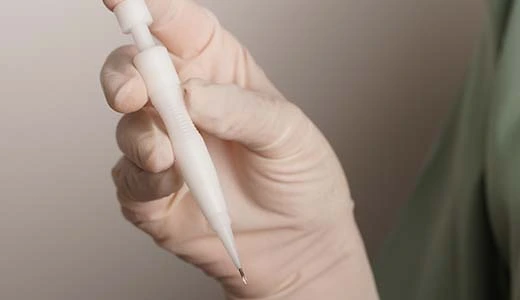
Meanwhile, traditional hair transplant surgery, also known as the FUT method, still has its place—especially when a large number of grafts are required. However, the mor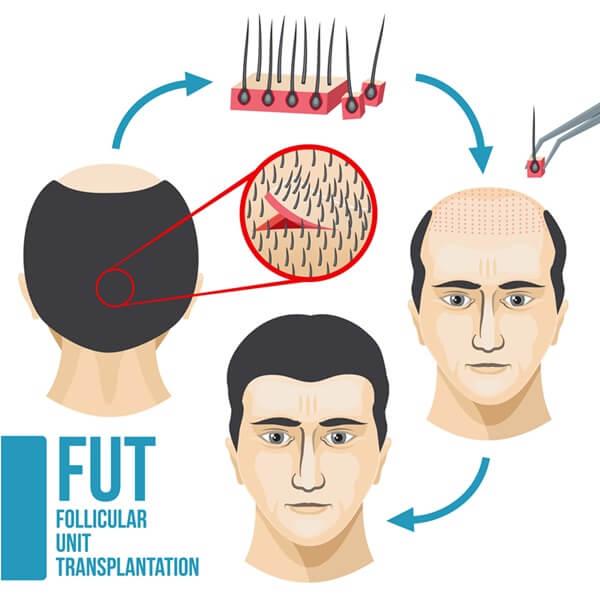
What Affects the Hair Transplant Success Rate?
While the technique used plays a crucial role, several other factors also determine how successful a hair transplant will be.
Surgeon skill and experience are paramount. Hair transplantation is both a medical and artistic procedure. Precision in placing follicles at the correct angle and depth ensures natural hair growth.
Clinic standards matter too. A high-quality hair transplant clinic should provide sterile conditions, advanced equipment, and a well-trained team for maximum safety and effectiveness.
Patient health and age can impact recovery and hair growth. Non-smokers and those with a healthy scalp often see faster, fuller regrowth.
Graft handling and preservation are essential. Hair follicles must be hydrated and handled gently between extraction and implantation to remain viable.
Lastly, post-operative care is a major contributor. Adhering to professional aftercare instructions, such as those in hair transplant care after resources, helps minimize complications and encourages strong follicle survival.
Before and After Hair Transplant Outcomes
A clear indicator of the hair transplant success rate is visible in before and after hair transplant comparisons. These visuals showcase real transformations—receding hairlines filled in, patchy crowns restored, and overall density enhanced.
Bu gönderiyi Instagram’da gör
Whether you’re restoring hair from male pattern baldness or a medical condition, seeing real results from previous patients builds trust and sets realistic expectations.
Hair Transplant Success in Istanbul
When it comes to high-quality, reliable procedures, hair transplant istanbul has become synonymous with world-class outcomes. Clinics in Istanbul are known for their experience, affordability, and modern technology, attracting patients from across the globe.
As part of hair transplant turkey offerings, Istanbul continues to lead the industry—not just in volume but in success rate.
Hair Type and Individual Considerations
Success also depends on hair type. Curly, coarse, or Afro-textured hair requires different strategies. Clinics like Hair of Istanbul customize approaches based on hair characteristics.
For instance, they offer specialized solutions such as afro hair transplant to ensure effective follicle alignment and growth. Similarly, female patients have unique needs addressed by procedures like hair transplant for women and female hair transplant.
This personalized approach helps elevate the overall hair transplant success rate, regardless of the patient’s gender or hair texture.
How Long Until Success Is Visible?
Patience is part of the process. A hair transplant’s final outcome doesn’t appear overnight. Most patients follow this general timeline:
First 3 days: Mild swelling, redness, and scabbing
Weeks 2–4: Temporary shedding, known as “shock loss”
Months 3–4: New hair begins to grow gradually
Months 6–9: Noticeable improvement in density
Month 12 and beyond: Full, natural results that are permanent
Documented hair transplant results reinforce this progression, showing clearly what patients can expect at each milestone.
A Procedure With Predictable Success
With modern techniques, personalized planning, and expert care, the hair transplant success rate is higher than ever before. Options like the fue hair transplant and dhi hair transplant have revolutionized the industry—delivering reliable, permanent results for patients around the world.
When performed at a leading clinic such as Hair of Istanbul, hair restoration isn’t just a cosmetic upgrade—it’s a strategic investment in self-confidence, appearance, and quality of life.
